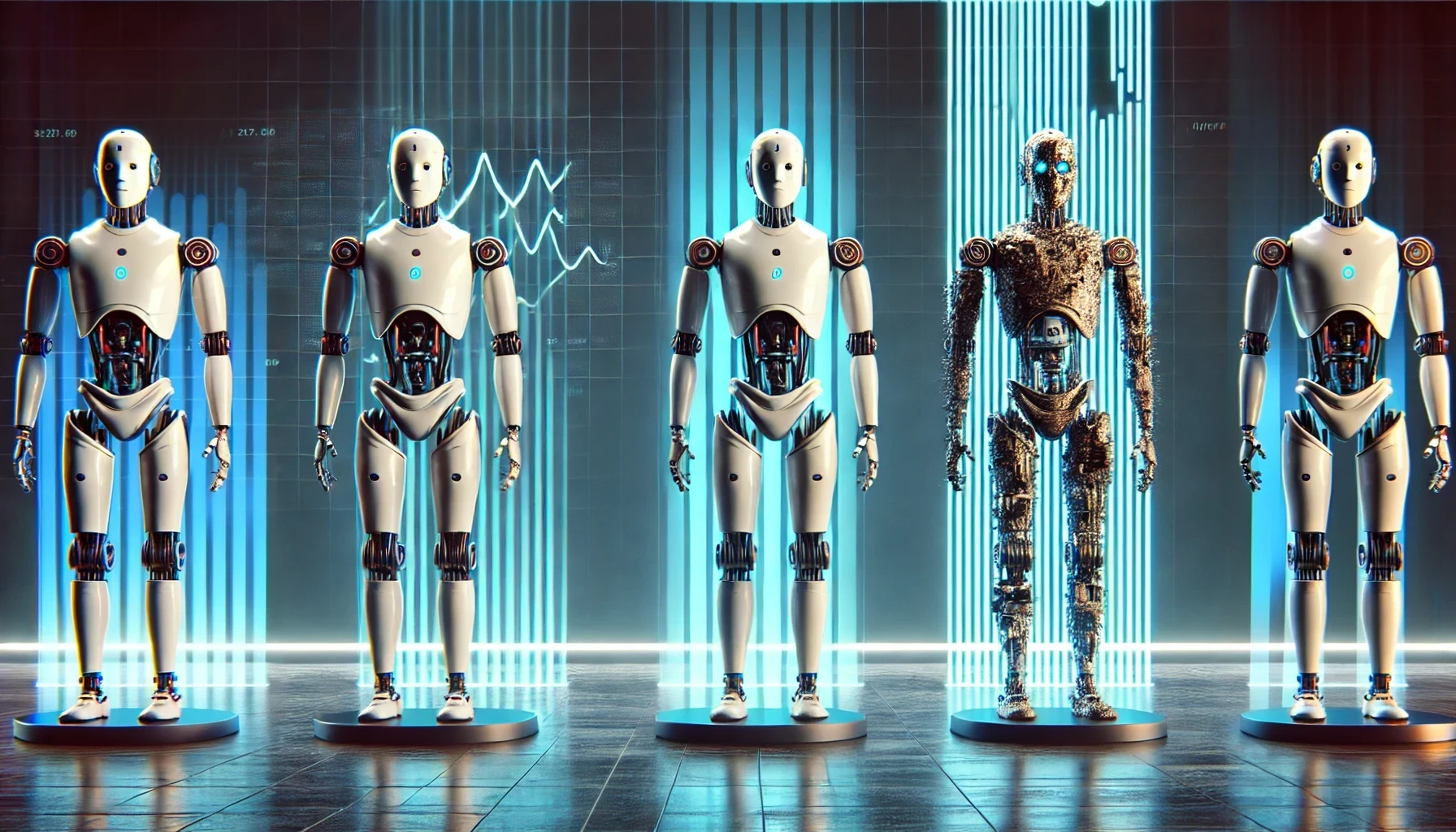Artificial Intelligence (AI) is revolutionizing Quality Engineering by introducing powerful coding assistance tools. These AI-powered solutions, driven by advanced machine learning algorithms, aim to enhance productivity, reduce errors, and streamline coding processes.
By offering real-time suggestions, intelligent code analysis, and auto-completion features, AI coding assistants—such as Microsoft Co-Pilot—are transforming the way developers work. They allow engineers to focus on more complex tasks while fostering innovation and efficiency.
However, as with any disruptive technology, AI coding tools come with both advantages and limitations. While they can significantly enhance development speed and efficiency, they also pose challenges related to data privacy, reliability, and long-term code maintenance.
Are these tools as transformative as they seem, or do their limitations outweigh their benefits? This article explores the full spectrum of AI-powered coding tools—highlighting their advantages, challenges, and real-world implications in software development and Quality Engineering.
What Are the Benefits of AI Tools in Quality Engineering?
AI-powered coding tools have become an integral component of modern software development and Quality Engineering, offering several advantages:
- Affordability: Many AI tools provide free tiers or trial periods, making them accessible to developers and organizations of all sizes.
- Versatile Deployment: These tools typically offer both cloud-based solutions and on-premises deployments to meet various organizational needs.
- Ease of Integration: Installation is simple, and most AI tools support integrations with popular integrated development environments (IDEs), seamlessly fitting into existing workflows.
- Contextual Assistance: AI tools analyze codebases, including comments and documentation, to provide context-aware suggestions and real-time feedback.
- Security Compliance: Many AI tools undergo rigorous security testing and adhere to industry standards, an essential aspect of Quality Engineering.

Specific Use Cases:
- Function Documentation: AI tools excel at generating documentation like Java Javadoc, Python docstrings, and in-code comments, which is especially useful for non-native English speakers.
- Code Predictions: AI can effectively generate boilerplate code, although its usefulness decreases with more complex tasks.
- Code Completion: AI-powered code completion tools are valuable, but built-in IDE completions are often faster and more robust.
- Git Commit Messages: Some tools analyze changes between commits and generate commit messages, though this feature is not yet fully mature.
- Code Explanation: Particularly useful for junior developers, AI tools help explain complex code.
- Unit Test Generation: Many AI tools generate basic unit tests, providing a solid foundation for developers and supporting Quality Engineering practices.
- Code Refactoring: AI tools assist in code refactoring, though the results often require significant developer input to ensure quality.
What Challenges Do AI Tools Present in Software Development?
While AI coding tools offer many benefits, they also come with notable limitations that impact both development and Quality Engineering:
- Immature Plugins: Many IDE plugins need improvement to become more stable and feature-rich.
- Performance Bottlenecks: AI tools can slow down coding environments due to resource-intensive analysis processes.
- Data Privacy Risks: There is a potential risk of sensitive data being used for training models without adequate protection.
- Lack of Open Source: Many AI tools are proprietary, raising concerns about transparency and data security.
- Training Data Quality: AI models are trained on large datasets of unknown quality, which may not always align with best coding practices or Quality Engineering standards.
- Limited Project Context: AI tools generally focus on the current file, lacking awareness of the entire project, which can result in suboptimal suggestions.
- Annoying Behavior: AI tools can repeatedly suggest irrelevant code, leading to frustration for developers.
What Are the Broader Concerns About AI Tools?
- Reliability: AI tools can generate erroneous or unsafe code, necessitating thorough code reviews. The complexity of AI-generated code may also introduce issues that impact Quality Engineering.
- Code Maintenance: AI-generated code can be difficult to maintain and may not align with standard practices, causing friction in collaborative environments.
- Continuous Improvement: While AI improves over time, it does not guarantee that the code it produces is optimized or maintainable.
- Loss of Control: Developers may feel disconnected from the code, relying too heavily on AI and losing their ability to address fundamental issues.
- Disruption to Habits: Experienced developers rely on muscle memory for tasks within IDEs. AI tools can disrupt their workflows, requiring more time for decision-making.
- Incorrect Suggestions: AI tools sometimes offer suggestions that seem correct but are irrelevant, leading to errors that traditional tools would not cause.
- Data Privacy and Security Risks: Cloud-based AI tools pose a risk of proprietary or sensitive code being inadvertently exposed. Organizations must assess whether using such tools aligns with their security policies and Quality Engineering best practices.
How Can Developers Balance AI’s Benefits and Risks?
AI tools in software development and Quality Engineering present both exciting opportunities and notable risks. While they can enhance productivity and streamline certain tasks, developers and organizations must remain aware of their limitations.
The key is to strike the right balance—leveraging AI where it excels while maintaining human oversight to ensure quality, security, and adherence to Quality Engineering standards.
How do you see AI shaping the future of software development and Quality Engineering in your organization?

